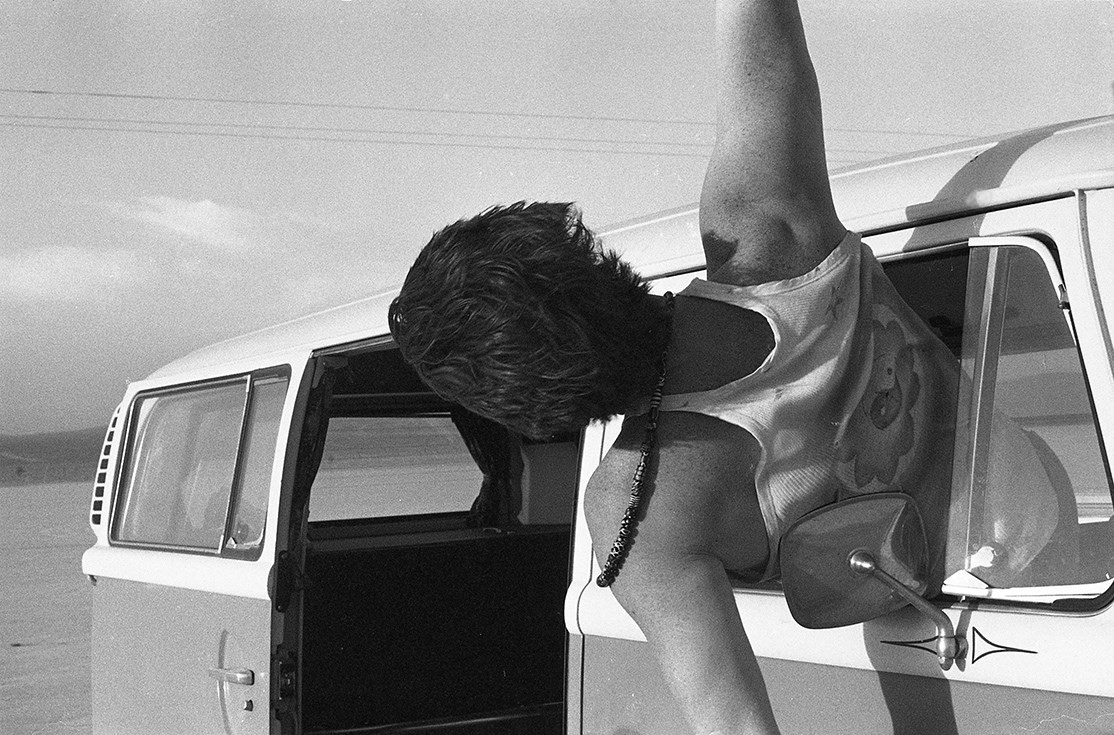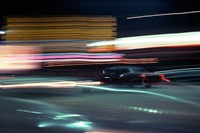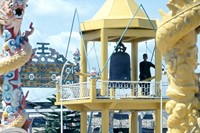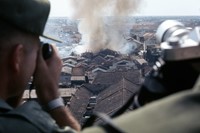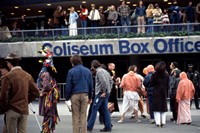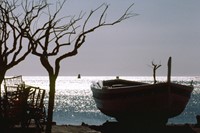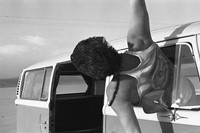On a mind-bendingly hot Los Angeles afternoon, the buzz of low-flying helicopters fighting nearby wildfires cuts through the quiet of Echo Park. One passes close overhead, shaking the windows, as Roger Steffens proudly steers me through his celebrated, intoxicating and seemingly endless archive of vintage reggae records, T-shirts, books and signed ephemera that takes up the entire lower level of his family home.
For the last couple of years, his daughter Kate, wife Mary and son Devon have been exploring a less well-known side of his life via their phenomenal Instagram account, The Family Acid. Taking daily dives into Roger’s enormous personal photography archive, they are painstakingly digitising his 40,000 slides from the 1960s and 70s – the Vietnam war, countercultural upheaval in America, dreamy double-exposed photographs of stoned friends on Californian beaches, and psychedelic images inspired by prodigious application of LSD. Many thousands of followers later, the account has spawned a book, a New Yorker Instagram takeover, and now Roger’s first art gallery show, at the age of 74. And they’ve only just started.
“I’ve only done acid once,” notes Kate. “On the other hand, he last did it on his 71st birthday, three years ago. He called me and said he’d been arrested! I freaked out, then he started laughing maniacally. My mum gets on the line and says: ‘Get off the phone! Your father’s still tripping’.”
Roger chuckles. “Haha! I freaked her right out.”
Welcome to The Family Acid.
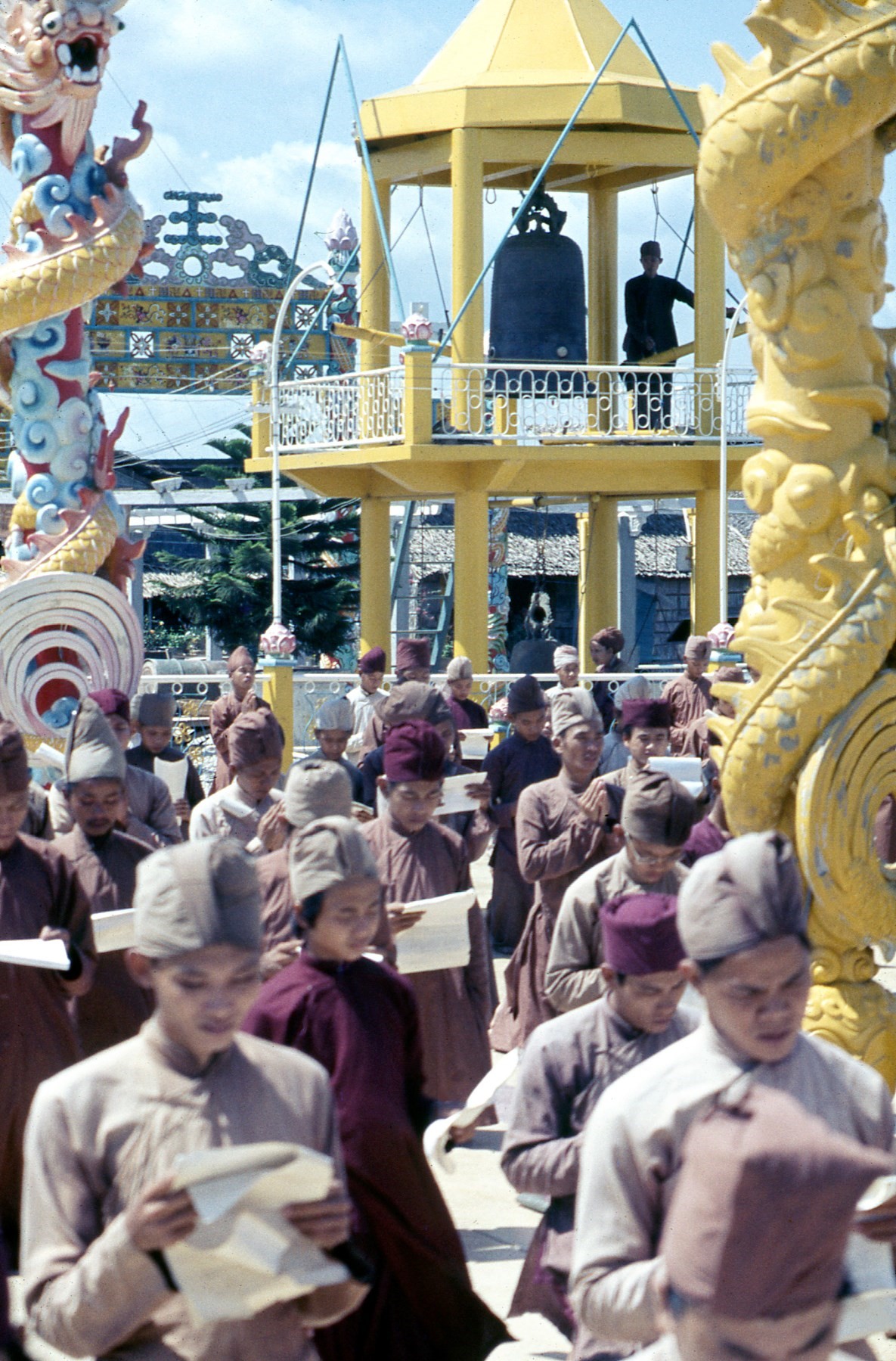
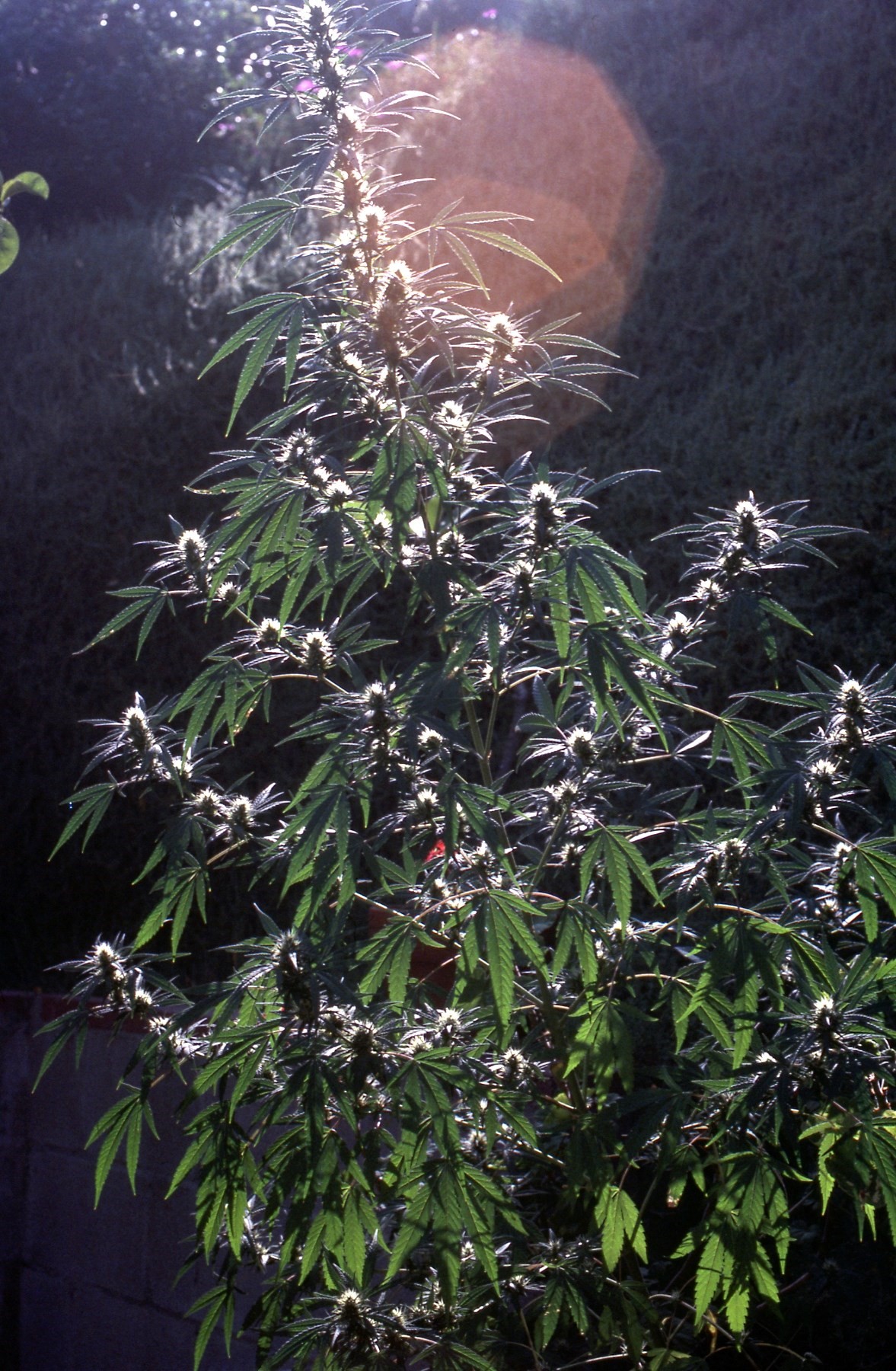
Kate Steffens: When I started the Instagram, there was no thought to it beyond just showing off the photos. Now, it’s grown its own life. I talk to him, mum… and usually get two different interpretations. I also have an email group with a lot of dad’s friends, like Tim Page the photojournalist.
Roger Steffens: He’s the guy Dennis Hopper played in Apocalypse Now. He was my roommate for two years after the war. He was blown up four times – the last time, he had the right third of his brain blown out. He somehow survived. When he got out of hospital in the early 1970s, he went to work for Rolling Stone. The editor Jann Wenner put him together with Hunter Thompson. And after a couple of gigs together, Hunter goes to Jann and says "I can’t work with this guy Page, he’s too crazy". Tim wore that as a badge of honour… along with a button on his cap that said ‘Drain Bamaged’.
What drew you to photography and a desire to record the world around you?
RS: When I went to Vietnam, I realised this was history. I got drafted and they put me in Psy-Ops – carrying 80lbs of loudspeaker backpacks into frontline combat operations, broadcasting surrender messages to the Viet Cong. The first thing I did when I got to Saigon was buy a camera and teach myself to use it. I went all over the country – the DMZ, the Tet Offensive, down the Delta…
KS: Why did you never consider yourself a professional photographer?
RS: Well, I had some pictures published. The Chicago Tribune did a cover story and six pages when I got back. But I wasn’t working as a photographer, I was acting. I also spent 1970 lecturing against the war.
How did you get involved in the counterculture, was it through peace activism?
RS: It started before I even got drafted. In Milwaukee, I had met loads of crazy people in theatre, like Bob Watt – an exterminator who got rid of roaches, just by telling them to leave! He called himself an ‘insincere zen master’. He was a pretty cool guy and I took my first acid with him.
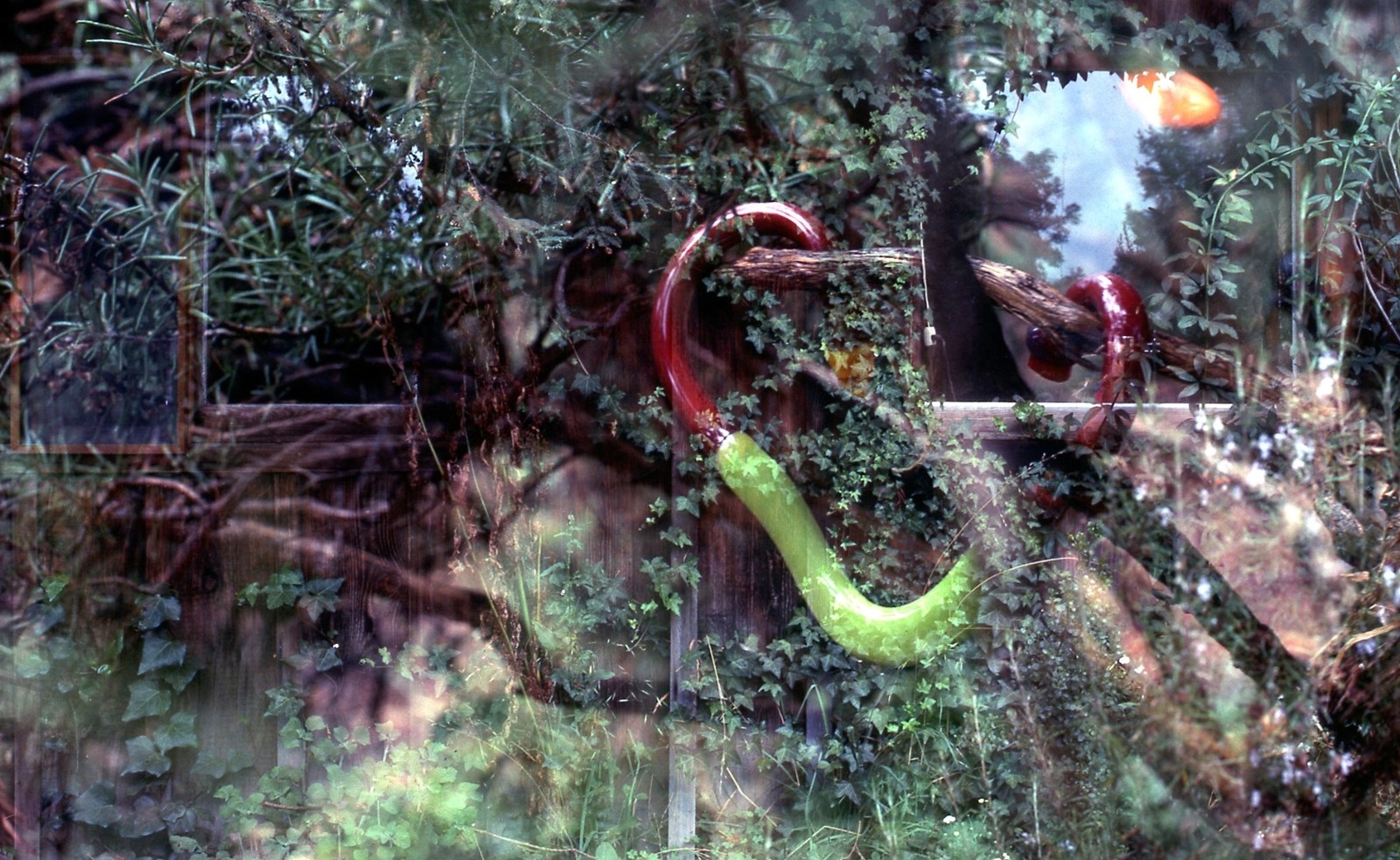
That was before Vietnam?
RS: Oh yeah, I dropped acid two years before I ever smoked a joint. If you’ve got an H-Bomb, what do you need a firecracker for, ya know? When I got to 'Nam, I didn’t want to drink, because if you’re drunk, you’re drunk. But if you’re stoned and something happens, you can straighten up pretty fast. And I needed something to cut the tension. There was no frontline – a vehicle was blown up right in front of my apartment, four guys killed.
So, you smoked through Vietnam – did you do LSD?
RS: Oh yeah! But only toward the end. We would go to an island and lie under these six-tonne bells made from melted down American mortar shells, with a log then smashed into them… lying underneath these ringing bells on acid. Unique.
When you returned from Nam, why do you think all these people came through your life? Burroughs, Leary, Ginsberg…
RS: I’ve always been really open to creative people.
KS: He talks to everyone. I mean, the UPS guy has come in and smoked a joint.
RS: Gemini, I’m a classic Gemini. That’s why I also do a lot of double exposures.
How did all those double-exposures come about?
RS: I helped Ron Kovic [American anti-war activist, writer and former US Marine Corps sergeant who was paralyzed in the Vietnam War] write the book Born on the 4th of July. He went to Cambodia in his wheelchair. And he came back and had shot a roll of film, and didn’t rewind all the way. Somehow that ended up in my camera bag, and I ran it all the way through shooting a mansion in Cincinnati with these gorgeous stained glass windows. When I got the film back, there were all these Cambodian refugees bleeding through the stained glass windows! I just thought – man, if I could do that on purpose, that would be really cool. So, I spent the rest of my life trying to learn how to do that.
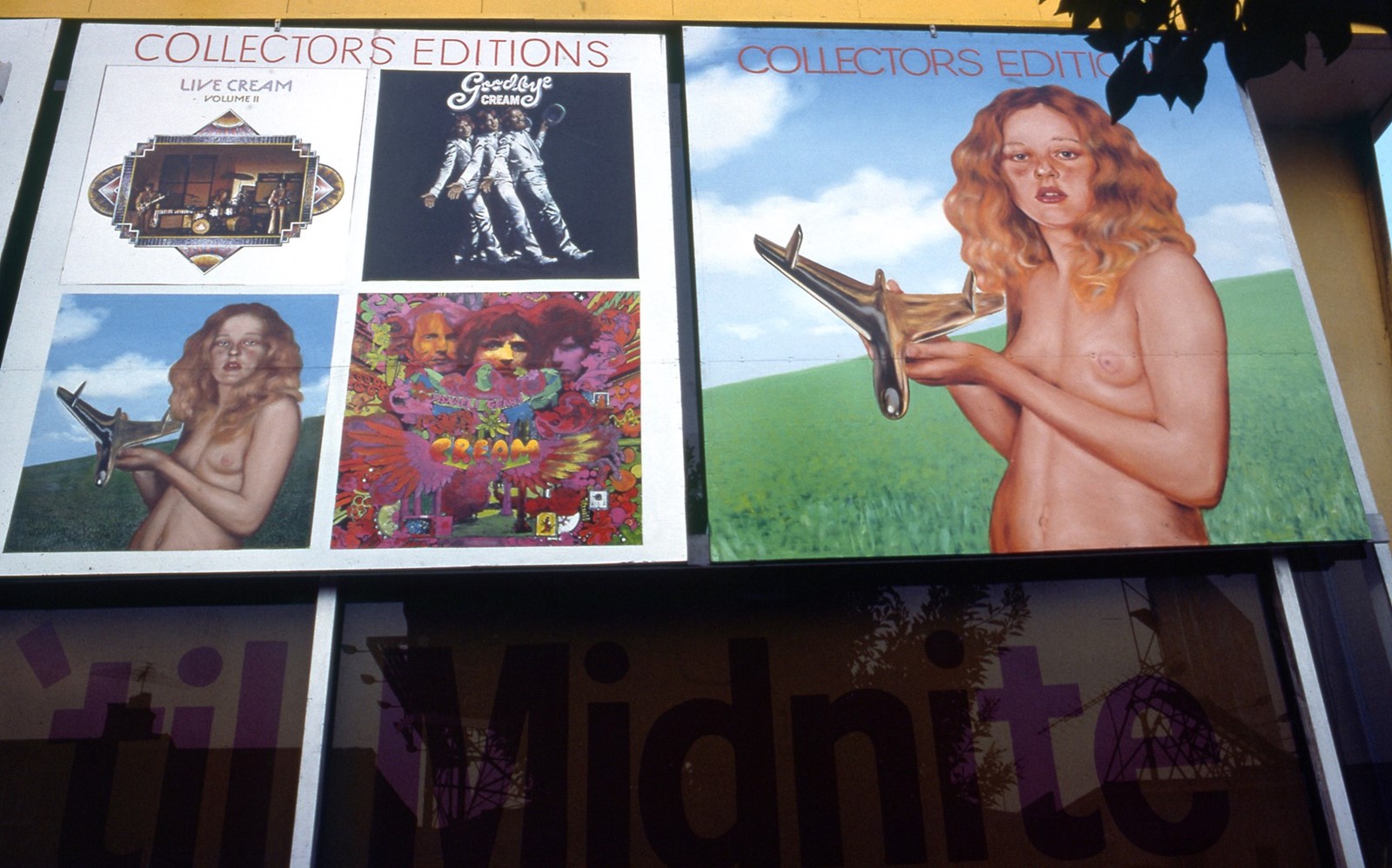
How does it feel for your work to just now come into the public eye?
RS: Well, the world caught up with me! Thanks to my kids.
KS: No one had seen it! Some friends and family, mostly my brother and I. I’m still discovering stuff now. It’s almost selfish – I didn’t start this for everybody, I started it just for us.
So, this is the family album that became public?
KS: On Instagram, nipples from 45 years ago are somehow an issue in the 21st century. That, to me, is shocking. Showing the world pictures of these things perhaps opens people’s minds a little bit, in a way they need to right now.
RS: The name, The Family Acid, was deliberately provocative.
KS: People would say things like "You’re the Waltons on acid!" or whatever, like your parents are cool but weird. I would come back from school and they would grab my friends' hands and start ‘ohming’ the sunset or whatever.
RS: What’s wrong with ohming the sun down? Straightniks!
KS: I also feel the way I’ve chosen to curate the Family Acid is reminiscent of an acid trip. And the double exposures are very reminiscent of LSD, and a lot of them were taken while on LSD. I think the family thing is important, though, it’s not just us, it’s our extended family. We were raised surrounded by various races and cultures, I think it’s important to show that to other people who might have had more closed upbringings, especially these days. I feel like it’s a public service. I grew up surrounded by pot-smoking weirdos but I still got a degree.
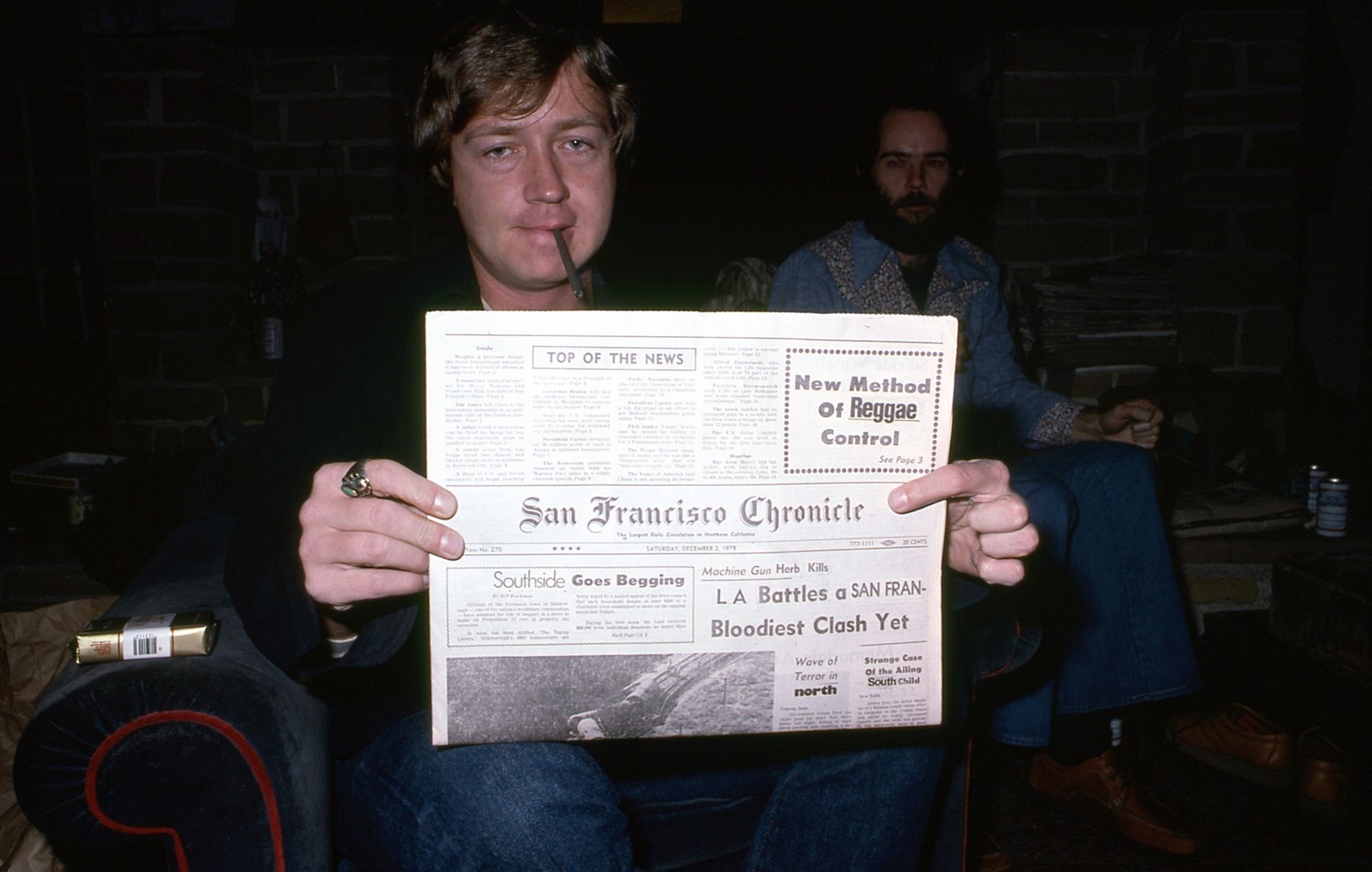
"The way I’ve chosen to curate the Family Acid is reminiscent of an acid trip, and the double exposures are very reminiscent of LSD, and a lot of them were taken while on LSD" – Kate Steffens
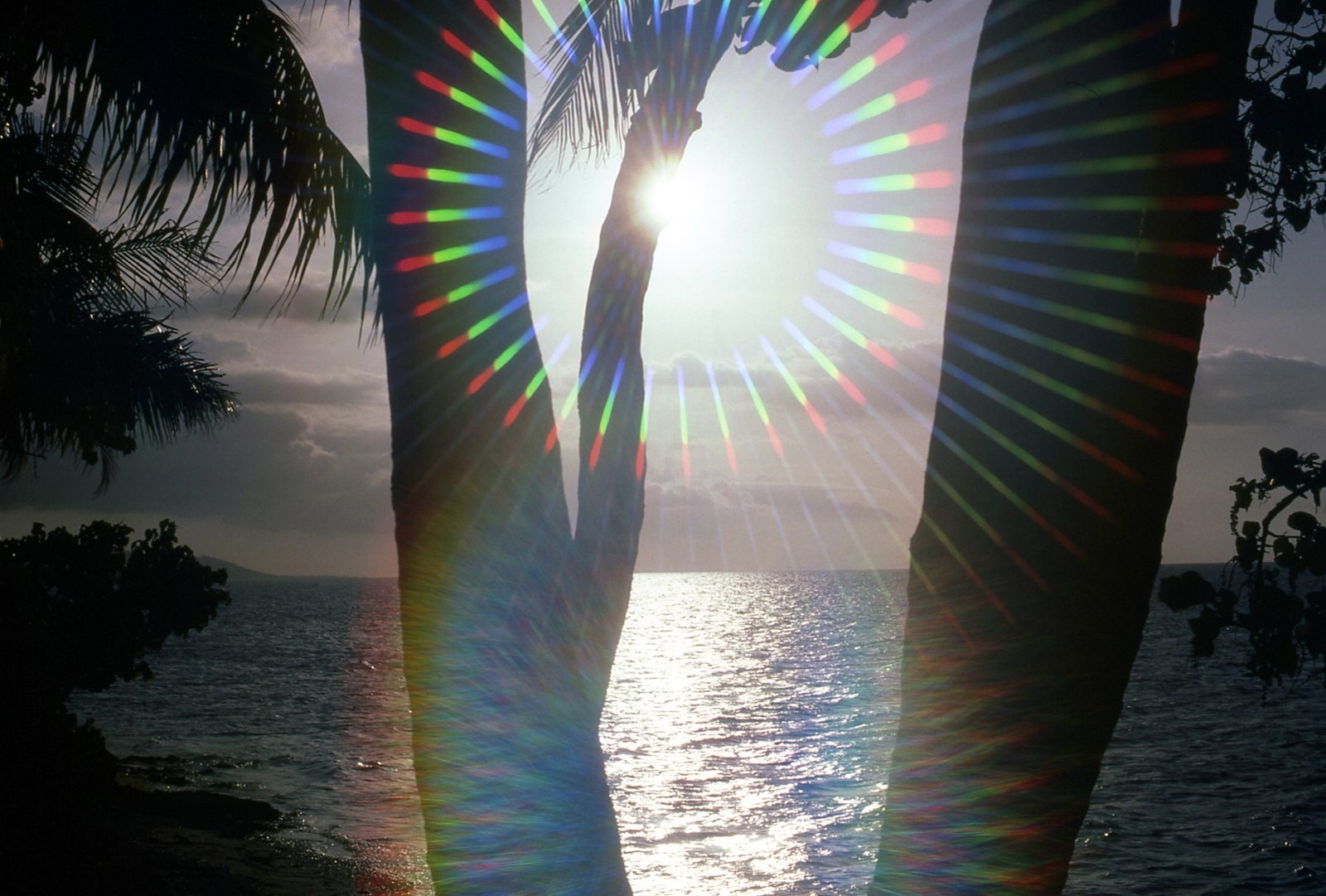
What were some of your favourite locations?
RS: Mendocino. Redwood pygmy forests, like where I met Mary, there’s sandy soil so you have five-foot-high redwoods that are fully matured. Like a bonsai forest, so if you’re on acid walking in a forest full of 5ft redwoods… Oh boy, did I get big!
KS: They have amazing beaches that used to be dumps in the 1920s, so they’re all filled with coloured glass instead of sand.
RS: Katie feels my Big Sur stuff is among my best. I got hired by the guy that wrote Point Blank, the Robert Mitchum film, to novelise two screenplays in the summer of '78, so we rented an A-frame on a mountaintop and I wrote every morning from 10 to 1, we’d have lunch and then Mary and I would pick out a different section of coast each day for three months to explore. And take pictures.
How did the art show in New York come about?
KS: I’d had a few small galleries interested but nothing of that calibre. Now, we’ve been selling a few proper art prints, 16x20 in editions of eight. When I started the Instagram, I was selling prints to people, as nice as I could print. But now we have an advocate who prices things how they should be priced… I’d love to be able to provide stuff for all our Instagram fans, but I do also want him to have a museum show and things like that.
RS: We want to do a book that will challenge the big books. The Americans, Suburbia…
KS: We have hundreds of thousands of photographs to choose from.
RS: Oh, and by the way, no one’s seen any of my digital pictures at all. There’s over 300,000 of those.
KS: Oh god, I can’t even begin to think about it! You know, I think on Instagram, there are a lot of old pictures from the 60s, hippie shit, and that’s all well and good. But I hope The Family Acid provides a deeper historical perspective for people beyond just ‘look at this cool dude in bell bottoms’ or whatever. I think it reflects what’s happening now.
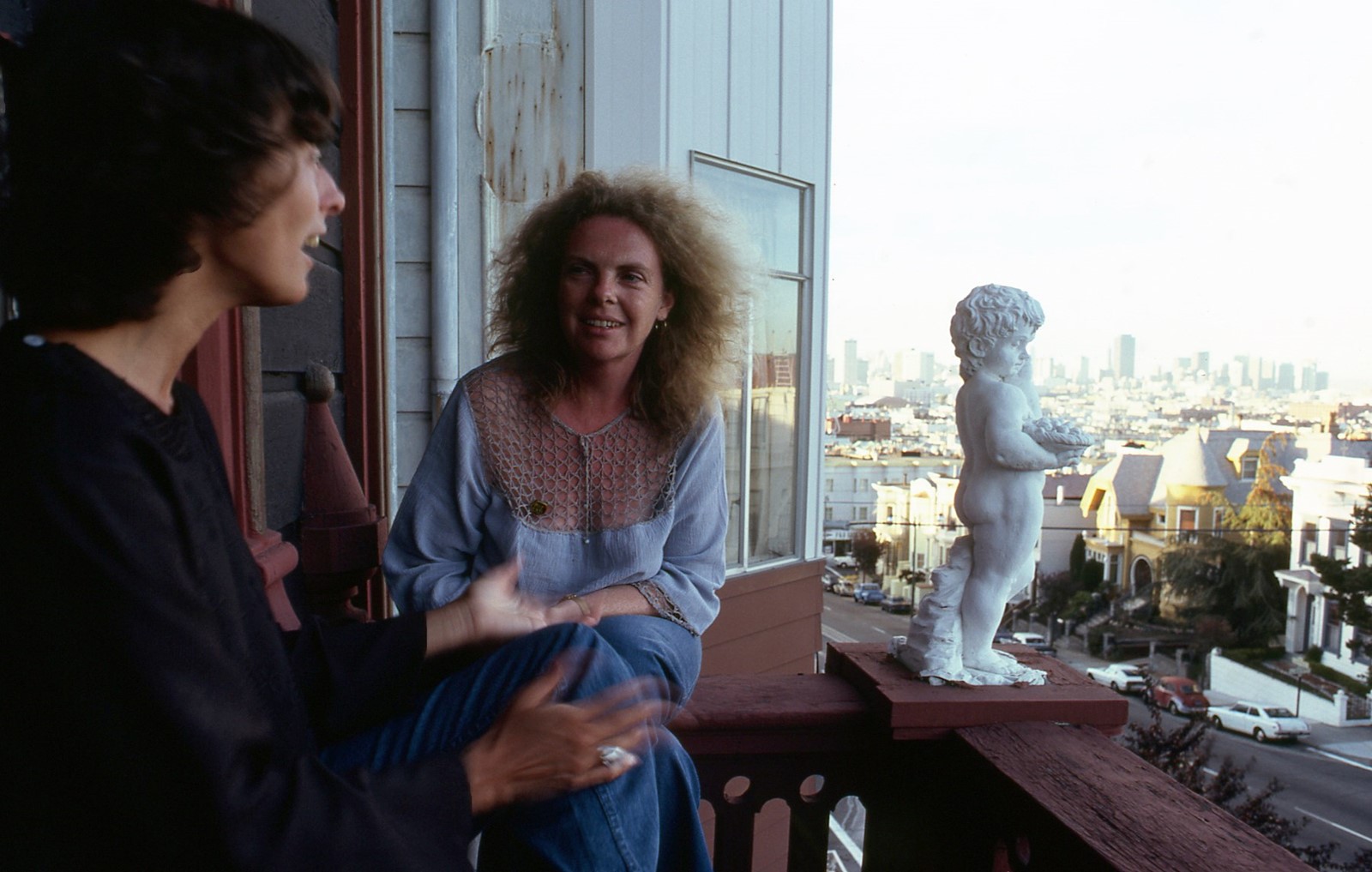
"Oh, and by the way, no one's seen any of my digital pictures at all. There's over 300,000 of those" – Roger Steffens
The Family Acid runs at Benrubi Gallery, New York from July 7 – August 26, 2016.
